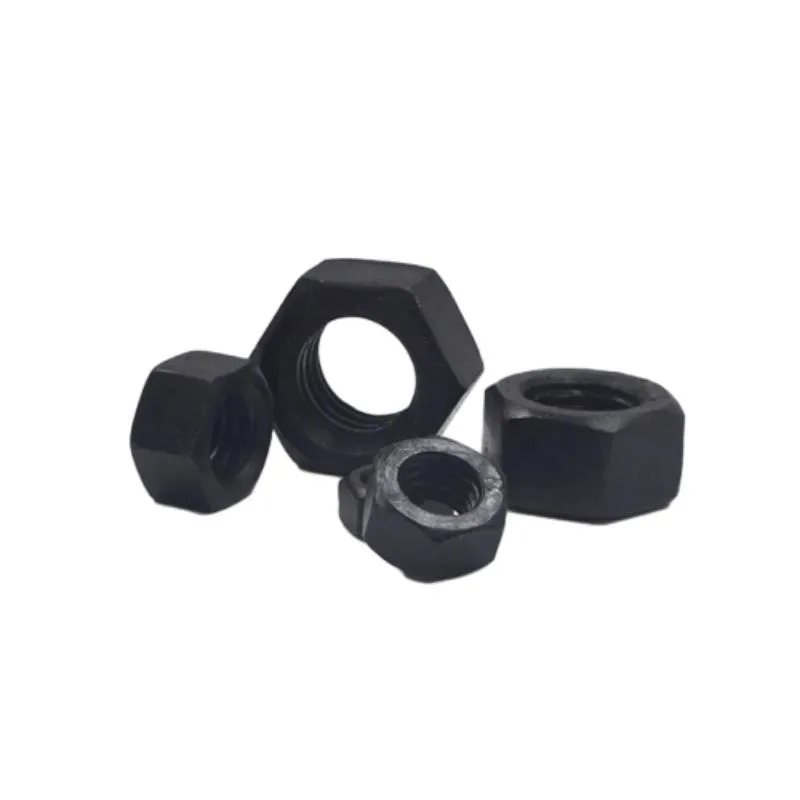Dec . 11, 2024 09:52 Back to list
M8 x 150mm Coach Bolts for Secure Fastening and Construction Projects
Understanding Coach Bolts M8 x 150mm
When it comes to construction and woodworking, the right fasteners are as important as the materials themselves. Among the extensive array of fasteners available, coach bolts, also known as lag bolts or heavy-duty screws, stand out for their exceptional strength and versatility. This article delves into the characteristics, applications, and installation techniques associated with M8 x 150mm coach bolts.
What are Coach Bolts?
Coach bolts are a type of fastener that features a robust, square or hexagonal head with a long, threaded shaft. The unique design allows for a sturdy connection between materials, especially in heavy-duty applications. The M8 designation refers to the bolt's diameter, which is 8mm, while 150mm indicates its length. This combination provides a strong fastening solution capable of bearing significant loads.
Properties and Materials
The primary materials used in manufacturing coach bolts include carbon steel, stainless steel, and sometimes brass. Carbon steel coach bolts are renowned for their strength and durability, making them suitable for a wide range of indoor applications. On the other hand, stainless steel coach bolts offer superior resistance to corrosion, making them ideal for outdoor use or in environments that expose them to moisture.
In terms of surface finishes, coach bolts may come galvanized or coated to enhance corrosion resistance. Hot-dipped galvanization provides a thick layer of zinc, which significantly increases the lifespan of the bolt when used in outdoor conditions.
Applications of M8 x 150mm Coach Bolts
M8 x 150mm coach bolts are widely used in various applications
1. Wooden Structures Commonly employed in timber framing, coach bolts are ideal for securing wooden beams and posts, providing a strong and lasting connection.
2. Furniture Assembly They are often used for assembling heavy furniture pieces, such as tables and chairs, where durability is paramount.
coach bolts m8 x 150mm

3. Outdoor Projects Given their strength and corrosion resistance (particularly in stainless steel), these bolts are excellent for outdoor constructions such as decks, fences, and garden furniture.
4. Infrastructure Work Coach bolts can be found in the construction of bridges, warehouses, and other large-scale projects due to their ability to support substantial loads.
Installation Tips
Installing coach bolts can be straightforward if the right procedures are followed. Here are some tips to ensure an effective installation
1. Drill the Correct Size Hole Begin by drilling a hole through the materials that will be fastened together. The diameter of the hole should be slightly larger than the bolt's shaft to allow for easy insertion.
2. Square Nut Usage When installing, be sure to use a square or hex nut that matches the threading of the bolt. This will help lock the bolt in place and provide an additional layer of security.
3. Washers Including washers under the bolt head and nut can prevent damage to the surface material and distribute the load more evenly.
4. Tightening Use a wrench or a drill with a socket attachment to properly tighten the bolt. It’s essential not to overtighten, as this can strip the thread or damage the materials being fastened.
5. Inspection After installation, periodically check the bolts to ensure they remain tight and secure, especially in high-load situations.
Conclusion
M8 x 150mm coach bolts are an essential component of many construction and woodworking projects, offering strength, reliability, and versatility. Their unique design, when matched with the proper materials and installation techniques, allows for secure fastening in a variety of applications, from furniture assembly to structural engineering. Understanding the properties and uses of these bolts can significantly enhance the quality and durability of your projects. As you embark on your next construction endeavor, consider the benefits of integrating M8 x 150mm coach bolts into your plans for a robust and lasting result.


